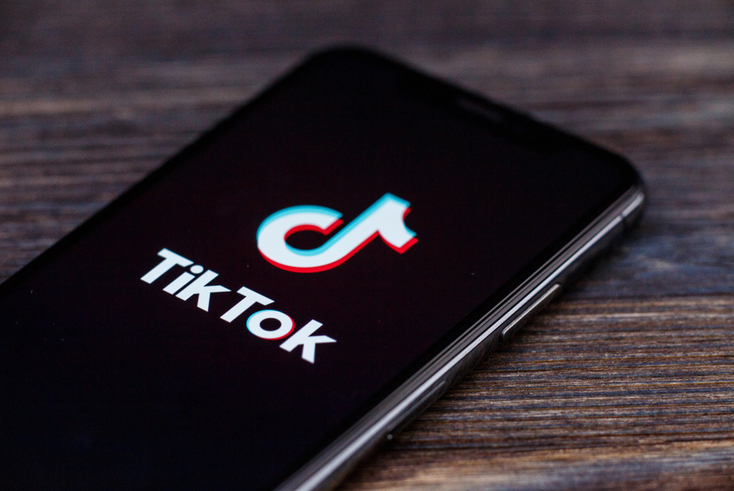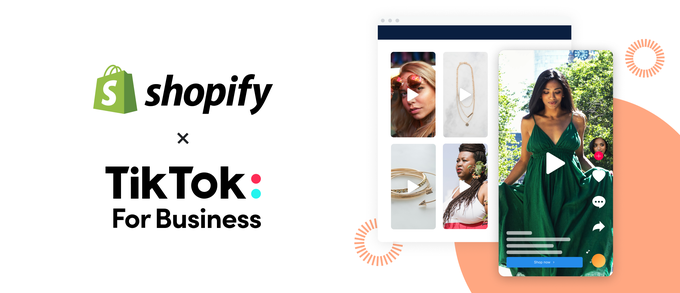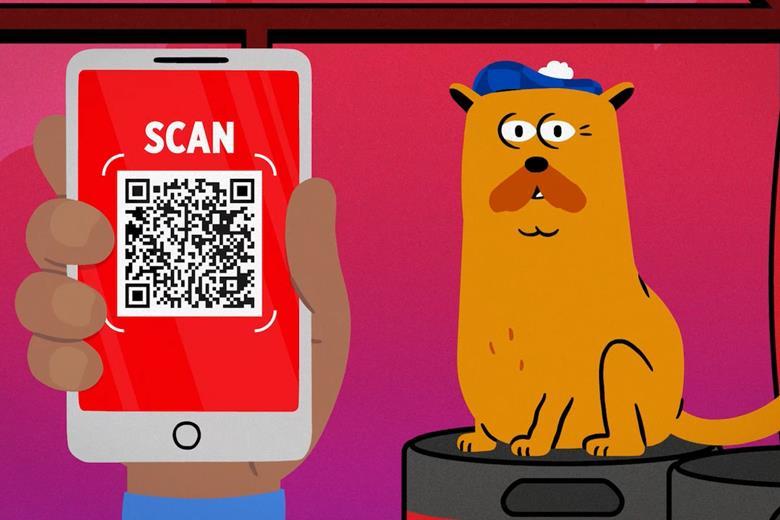The emerging shoppability continuum

Advertisers need to be clear on their strategies before jumping on the shoppable media trend, argues Lawrence Dodds, client director at UM London
The current crisis has accelerated e-commerce in a way that none of us could have imagined at the start of the year. Amazon’s share price hit new highs and some retailers such as Primark were caught off guard during lockdown with limited e-commerce infrastructure.
Over the last 9 months, we have seen the meteoric rise of e-commerce and shoppable media. As the shoppability gold rush reaches its peak, it is clear that shoppable media has now become a buzzword thrown around with reckless abandon.
TikTok has become the latest in a string of advertisers to launch new shoppable formats. Each day seems to bring with it a new media format or opportunity. Their new format, in partnership with Shopify, allows users to interact with an ad unit and move through to purchase featured units.

The launch of the ad unit follows a similar launch by Instagram earlier in the year and a potential launch on Whatsapp.
Many advertisers are buying and testing shoppable formats without a clear strategy in place. The goal is not to abandon your consumer journey but to create a frictionless optimised one.
In moving towards increased shoppability, advertisers should remember that shoppability is about elevating product availability across the consumer journey in recognition that no consumer journey is the same. A potential purchaser could easily decide to transact after coming into contact with media focused on driving brand awareness.
A clear first step in developing a shoppable strategy is to have a clear defined consumer journey to work from. What is the consumer most likely to be doing or feeling at each stage and what role does media play along the consumer journey?
Placing each media opportunity on the shoppability continuum, from high friction to frictionless, is an important task in understanding how best to further improve the path to conversion.
Linear TV is a great example of a high friction channel, and for some brands an important awareness driver. The path to purchase has high involvement from the consumer, as they simply can’t click through.
There are some interesting ways that brands have tried to overcome this. Camden Town Brewery went as far as to place a QR code on their advert in what is likely to be the first use case, and created a lot of excitement. Consumers could scan the code to take part in the giveaway of 90,000 beers (pictured below).

There are also technological solutions to the problem of a high friction channel. Through Samba TV, an advertiser can use image recognition technology built into TVs to identify those who have seen a linear TV ad and retarget them on their mobile device, with a strong call to action that the user can click through to purchase.
BVOD formats can even dynamically include directions to local car dealerships in your area.
Ensuring there are no dead ends is key to the success of shoppability. A shoppability map is a great way to show the path to purchase for all media opportunities within a campaign. Each media opportunity is placed onto the map, with a clear understanding of the expectation or subsequent action the consumer is expected to make.
Using these maps, an advertiser can optimise the path to purchase and minimise the steps a consumer needs to take at each stage of the journey.
Brands need to focus on ensuring each consumer interaction is as simple and seamless as possible, and that no consumer is faced with barriers when looking to follow through as a result of their targeted shoppable media, and purchase. Shoppability is reaching its peak – make sure you’re getting it right.




